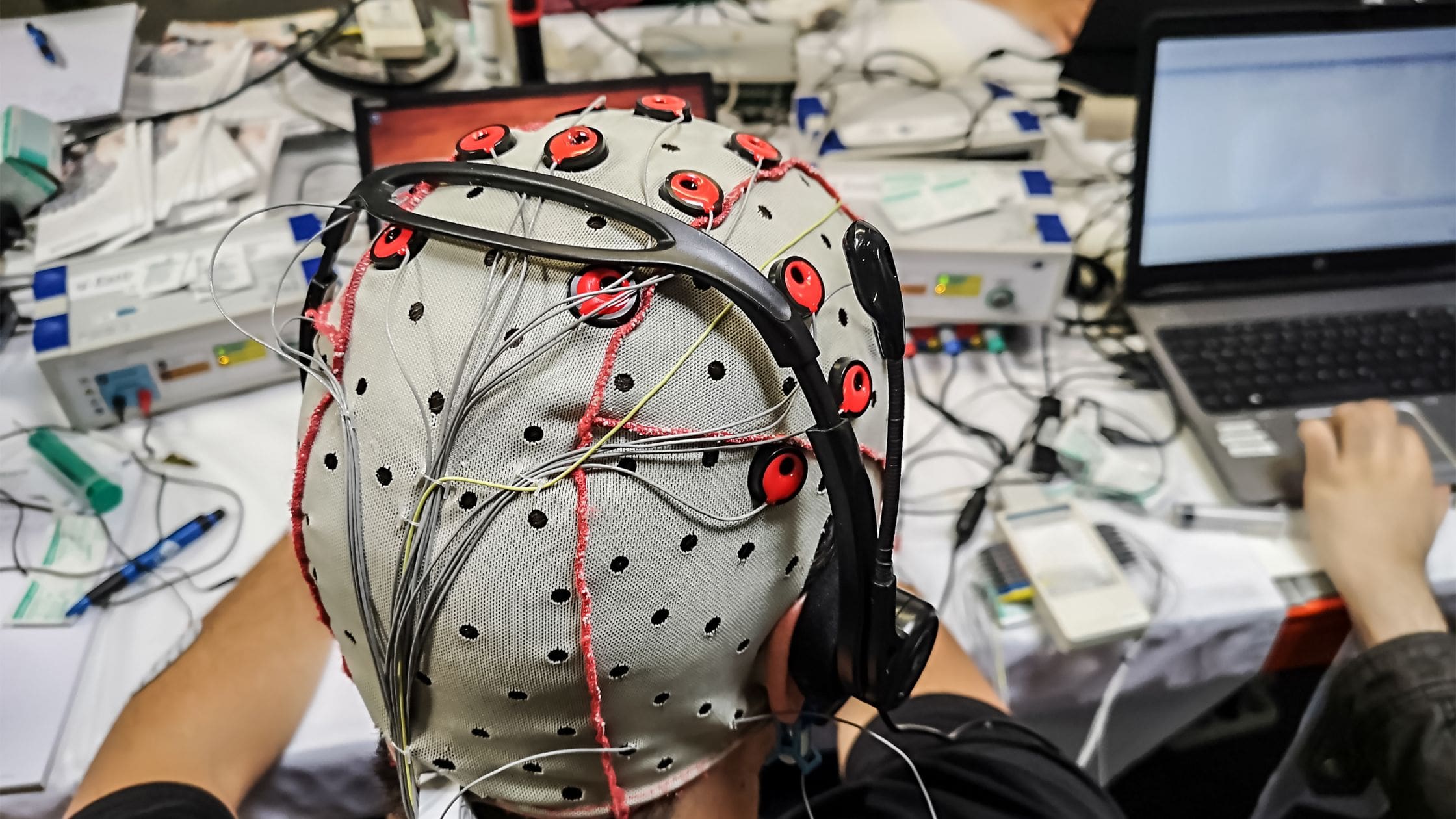Steven Spielberg is often cited as the movie director that mastered the art of making a machine or extra-terrestrial object feel scary, intimidating and real. When Tom Cruise starred in War of the Worlds, the movie exploded at the box office partly because of Spielberg’s mastery of the alien machine and sound dynamic.
While Spielberg’s aspirations entertain, the Google Brain team is aspiring to master, understand and advance machine learning in a way that changes the world. The Brain Team, which launched in 2012, is a collection of researchers studying how artificial intelligence (AI) is woven into products consumers use every day.
Critical thinkers in the tech space have sought insight into the team’s genius, asking what it is that the team does on a daily basis that keeps it on the cutting edge of technology and innovation. While there is pressure to go, go go, the team has mastered the art of pacing — taking time daily to contemplate current projects and dream of the next.
“Critical to achieving our mission is contributing new and fundamental research in machine learning. To that end, we’ve built a thriving team that conducts long-term, open research to advance science,” the team writes on its artificial intelligence blog.
No, they are not dreaming up ways to take over our lives with machines and robots. Rather, they are striving for ways to improve efficiency and synergy between the “machines” (computers) that must operate to sustain our way of life.
Their work, while seeming advanced, depends on collaboration that is relatable to the jobs so many of us perform. Venture Capitalist John Mannes wrote in Tech Crunch, “Everyone universally spends a lot of time reading papers on arXiv that are relevant to their research and collaborating with colleagues.”
“Sara Hooker, a resident on the team, likes to chat with colleagues over breakfast — and lunch and dinner,” he continued. “…to keep up to date on what other researchers are doing to solve similar problems.”
The team collaborates frequently with researchers at external institutions, and Google routinely hosts collaborations with academic institutions that bring researchers into the fold with fresh perspectives and a critical eye toward the status quo.
Among other traits, the team sets itself apart by offering its research and innovations in clear and understandable packages that make the information accessible to entrepreneurs and researchers across the globe.
The innovations that The Brain Team makes are offered to the global consumer in the form of, for example, more responsive GPS and map apps on our phones, more streamlined internet algorithms that put knowledge at the fingertips of anyone with an internet connection.
The more success The Brain Team has, the more fun follows.
Immediate success ensures long-term viability, so the research teams can pursue more ambitious projects that involve more technical risk than anyone would have dreamed of years earlier.
Machine learning touches everything Google does as a company, and its long-term viability depends on this team’s success.
Advancements in AI and machine learning are not something to be afraid of as the technology world pushes the envelope further and further toward automation. Rather, machine learning is something to be understood as a vector for a better life — one that increases efficiency, our connectivity, our potential and broadens our own horizons.
Stephen Spielberg’s genius is well-chronicled, but the example of his alien intuition is the perfect modicum of how machine learning can enhance our world in ways many do not even realize.
Computers output graphics and human-like movements that made the alien machines in War of the Worlds come alive in our minds. Spielberg’s vision is out of reach if a scientist or researcher somewhere did not push for a better future in the world of machine intelligence.
The Google Brain Team pushes one of the world’s most valuable companies forward. And you’ll benefit from their work soon — probably without even realizing it.




